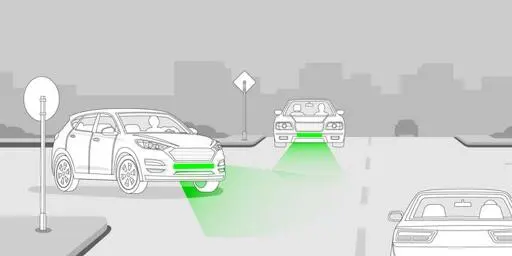Front Brake Lights Could Drastically Diminish Road Accident Rates
Front Brake Lights Could Drastically Diminish Road Accident Rates

bioengineer.org
Study from TU Graz Reveals Front Brake Lights Could Drastically Diminish

cross-posted from: https://lemmy.bestiver.se/post/424410